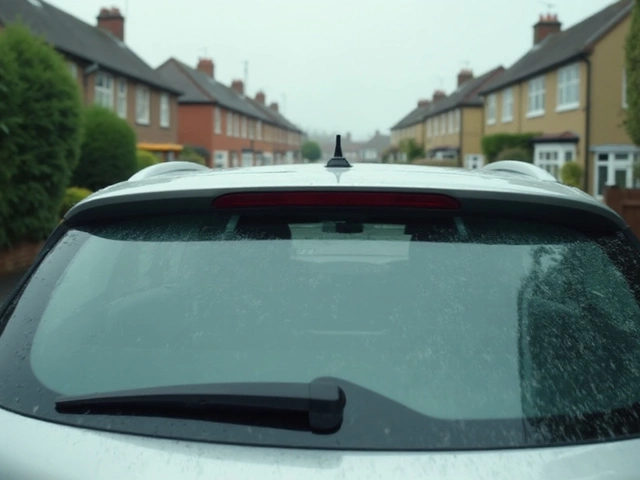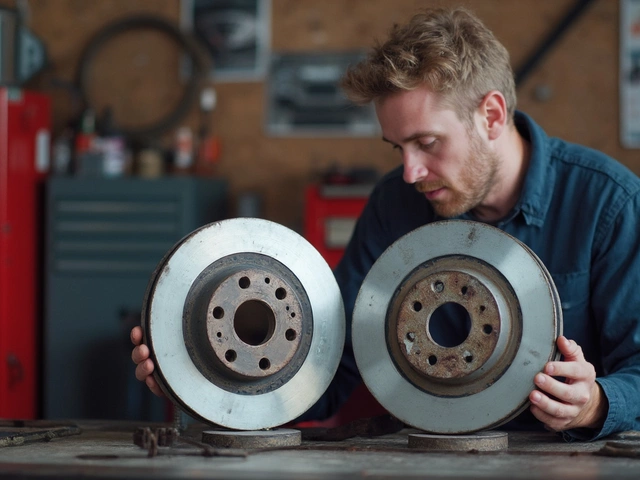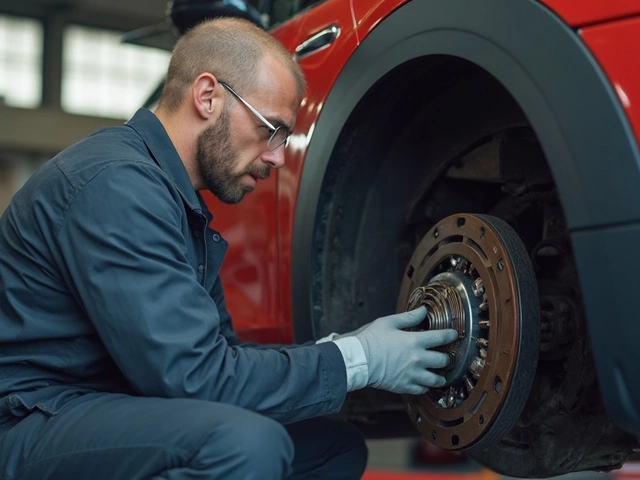Faulty Suspension: What It Looks Like and Why It Matters
If your car feels like it’s bouncing on a trampoline or pulling to one side, the suspension is probably the culprit. A healthy suspension keeps the wheels glued to the road, absorbs bumps, and lets you steer with confidence. When it goes wrong, you’ll notice the ride getting rough, the handling getting sloppy, and the comfort dropping fast.
Common Signs of a Faulty Suspension
First, listen for clunks or rattles when you go over potholes or speed bumps. Those noises usually mean a broken shock absorber, a worn strut, or a loose joint. Next, pay attention to uneven tire wear – if the inside or outside edge of a tire is wearing faster, the alignment is off because the suspension isn’t holding the wheel steady. Finally, feel for excessive sway while cornering; a car that leans a lot or rolls side‑to‑side is telling you the springs or anti‑roll bars have lost their stiffness.
Why Driving with a Faulty Suspension Is Risky
Skipping a repair can turn a mild wobble into a serious safety issue. Bad shocks reduce braking efficiency, so you’ll need a longer distance to stop. Loose components can break completely, leaving the wheel to slam into the chassis – a nightmare scenario that could cost thousands in repairs. Also, a faulty suspension puts extra stress on tires, bearings, and steering parts, speeding up wear on everything else.
That doesn’t mean you have to ditch the car immediately. If the problem is just a loose bolt or a worn bushing, you might be able to keep driving short distances to the garage. But if you notice any of the following, it’s time to pull over and call for help: steering feels mushy, the car drifts uncontrollably, or you hear a grinding metal sound that gets louder with speed.
When you bring the car to a shop, the technician will usually start with a visual inspection of the shocks, struts, springs, and control arms. They’ll check for leaking fluid, cracked housings, and worn bushings. A quick bounce test – pushing down on each corner of the car and watching how it rebounds – can reveal whether the shocks are still doing their job. If the bounce lasts more than a second, the shock is likely worn out.
Repair costs vary. Replacing a single shock absorber can run anywhere from £80 to £150 for parts, plus labor. A full axle rebuild with new springs and mounts can climb to £600 or more. That’s why catching early signs saves you money; fixing a minor leak now stops a full‑blown suspension failure later.
To keep the suspension in good shape, stick to a regular maintenance schedule. Get the alignment checked after any major impact, like hitting a curb hard. Keep the tires inflated to the recommended pressure – under‑inflated tires make the suspension work harder. And don’t ignore small noises; a tiny clunk today can become a costly break tomorrow.
Bottom line: your suspension is the silent hero that makes every journey smooth. Spot the symptoms early, avoid risky driving, and let a qualified mechanic handle the repairs. With a little attention, you’ll keep your car handling like a dream and protect your wallet from unexpected repair bills.
 6 March 2025
6 March 2025
Which Part of My Suspension is Bad? A Practical Guide
Trouble with your car's suspension? Discover how to identify which suspension component might be causing issues. This guide offers practical tips and insightful facts to help pinpoint the problem, whether it's the shocks, struts, or other parts. Learn the signs of a failing suspension and what steps to take next. Navigate your way to a smoother ride with ease.






0